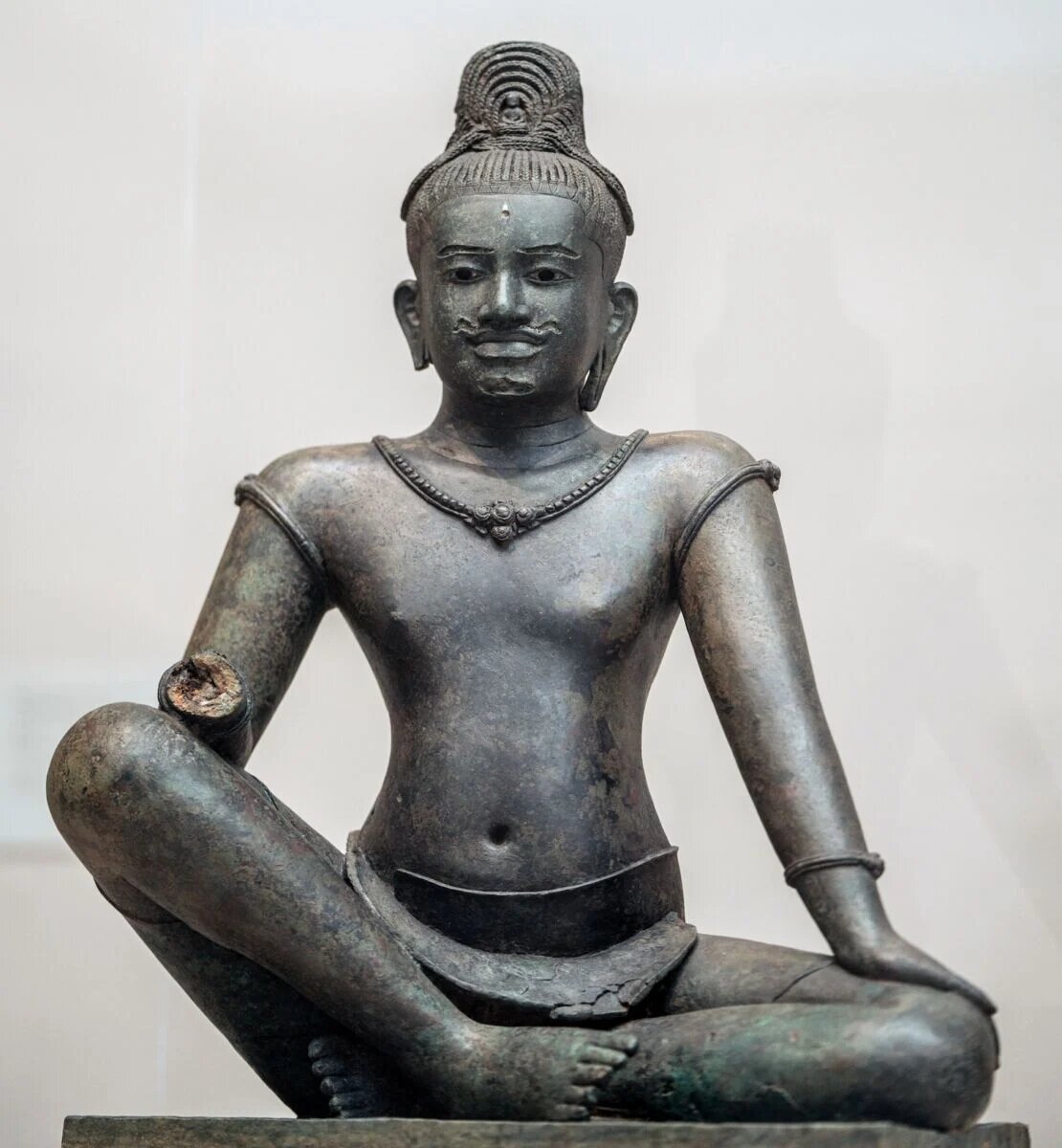On Friday (December 15), the Metropolitan Museum of Art (Met) in New York announced its intention to return sixteen ancient artifacts to the countries of Cambodia and Thailand. This decision comes after these artworks were linked to a dealer and art collector accused of being part of a large network involved in the trafficking of ancient artifacts in Southeast Asia.
This latest action to repatriate art comes as many museums in the United States and Europe are reviewing their collections, which include items acquired from Asia, Africa, and other regions during periods of colonization or political instability.
After several years of review, this moment also represents the Met's acknowledgment of the Cambodian government's demands. The museum acknowledges that some valuable items in its collection were allegedly taken illegally during the tumultuous period of the Cambodian civil war. Of the 16 artworks to be returned, 14 will be returned to Cambodia and the remaining two will be returned to Thailand.
Initially, the museum worked with the U.S. Attorney's Office and the Department of Homeland Security Investigations in New York to return 13 sculptures related to Latchford before deciding to return an additional three sculptures.
Max Hollein, director of the Met, said the museum is committed to seeking partnerships and collaborations with Cambodia and Thailand to enhance global understanding and appreciation of Khmer art. He hopes to enter this new phase together.
The museum has previously returned artworks associated with Latchford. In 2013, the museum returned two pieces to Cambodia.
The repatriation of these ancient artifacts is linked to Douglas Latchford, an art dealer who was accused in 2019 of being involved in a scheme to sell looted Cambodian antiquities on the international art market for several years. Despite this, Latchford, who died the following year, denied any involvement in smuggling activities.
The Met's Southeast Asian and South Asian Gallery expansion project, initiated in the 1970s, involved close collaboration with Douglas Latchford, a key figure in the acquisition of Khmer antiquities.
The objects recently returned to the Metropolitan Museum of Art date from the 9th to 14th centuries and reflect the dominant Hindu and Buddhist religious systems of the time, according to the museum.

Among the artworks to be returned is a bronze statue called “The Bodhisattva Avalokiteshvara Seated in Royal Ease” made between the late 10th and early 11th centuries. Another artwork to be returned is the "Head of Buddha," which dates from the 7th century. Currently, these artworks are still in the return queue, so visitors can view them in the museum's gallery.



















